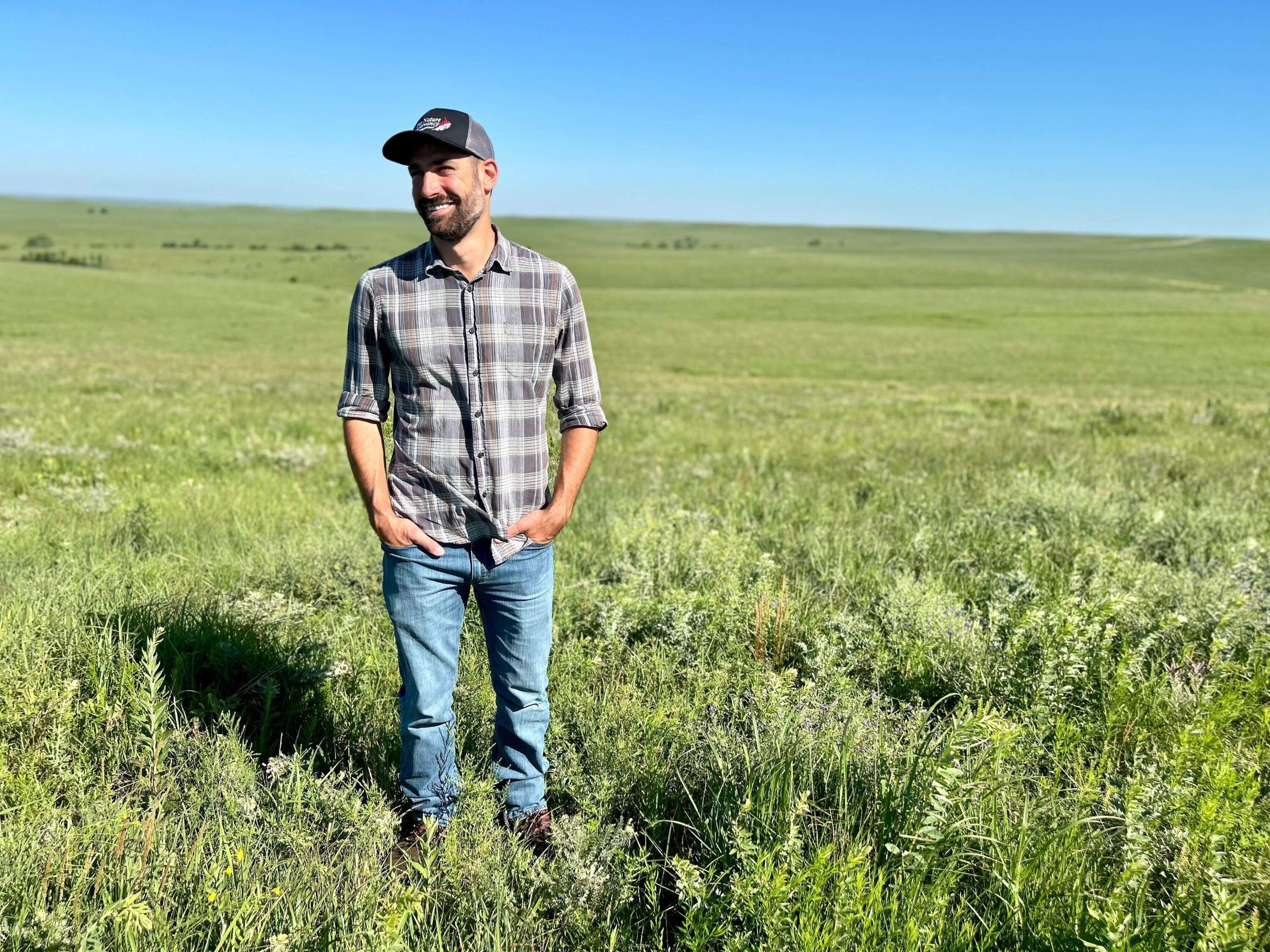Advertisement
Preserving 'endless waves' of tallgrass prairie in Kansas
Resume
If you want to know what a great expanse of this country looked like before the cacophony of modern life took over, consider a trip to the Tallgrass Prairie National Preserve in Kansas.
The Nature Conservancy and the National Park Service co-manage the 11,000-acre preserve in the picturesque Flint Hills. It was once an old cattle ranch, and for 12,000 years before that, Indigenous people cared for the land.
“A lot of the early written accounts talk about this ocean of grass,” says the Nature Conservancy’s Tony Capizzo. “The only metaphor that compared was the ocean and those endless waves.”

Today, the Tallgrass prairie is a sliver of what it once was. Before European settlers came to North America, Capizzo says the prairie formed a 170-million-acre belt across the middle of the continent — from modern-day Canada to Mexico.
Across that great expanse, bison, elk and pronghorn antelope grazed on a lush buffet of grasses. Wolves and grizzly bears even prowled the land, Capizzo says, but “only 4% of that 170 million acres exist today.”

What does remain is a refuge. The list of plants that thrive by sending their roots deep underground reads like a botanical poem: wild alfalfa, leadplant, antelope horn, pitcher sage, big bluestem, little bluestem, switchgrass and sideoats grama grass.
“It’s an amazing carbon bank,” Capizzo says. “Tallgrass prairie sequesters almost as much carbon as an old-growth forest. The difference is all that carbon is held beneath our feet.”
The addition of trees threatens the last pockets of prairie. Capizzo says elevated carbon levels in the atmosphere give trees an advantage over grasslands and push out species that rely on the low-lying plants.

Land managers use fire and grazing animals like cattle to maintain a healthy balance in the ecosystem.
(A herd of bison — the original grazers — were reintroduced to the preserve in 2009.)
“To help contribute to conservation here, it feels really special,” says Capizzo, as a sea of grass spreads out before him and the cloudless sky blooms overhead.
This segment aired on June 14, 2024.
